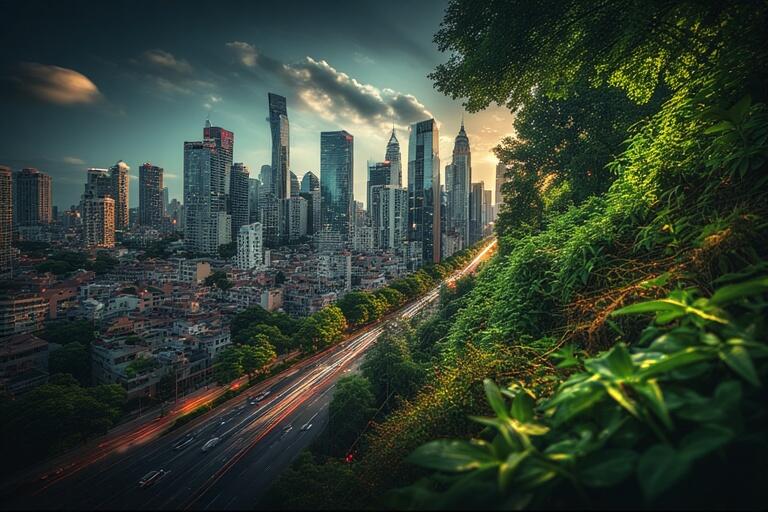
Cities are reinventing themselves. Glass towers now gleam with solar panels, bike lanes stripe through old asphalt, and pocket gardens sprout between once-barren blocks. At first glance, it feels like urban life is finally breathing easier. Yet, beneath the hum of progress, something ironic echoes — the world’s “greenest” cities are also some of its loudest.
Take Copenhagen, a model for eco-urbanism. It’s quieter on paper, with fewer cars and cleaner air, but residents report that construction and cycling traffic have created a new wave of noise complaints. In Singapore, rooftop gardens invite birds and pollinators — and, unintentionally, round-the-clock chirping that rivals car alarms in persistence. Even the electric buses meant to replace rumbling engines now emit artificial sounds to alert pedestrians.
It’s a modern paradox: our cities look calmer but sound busier. The serene image of sustainability doesn’t always match the sensory experience of it. Acousticians and city planners are now collaborating to design not only greener, but quieter cities — balancing sustainability with serenity.
Maybe the future of urban living isn’t just about what we see or breathe, but also what we hear. Because progress shouldn’t have to shout to be heard.








